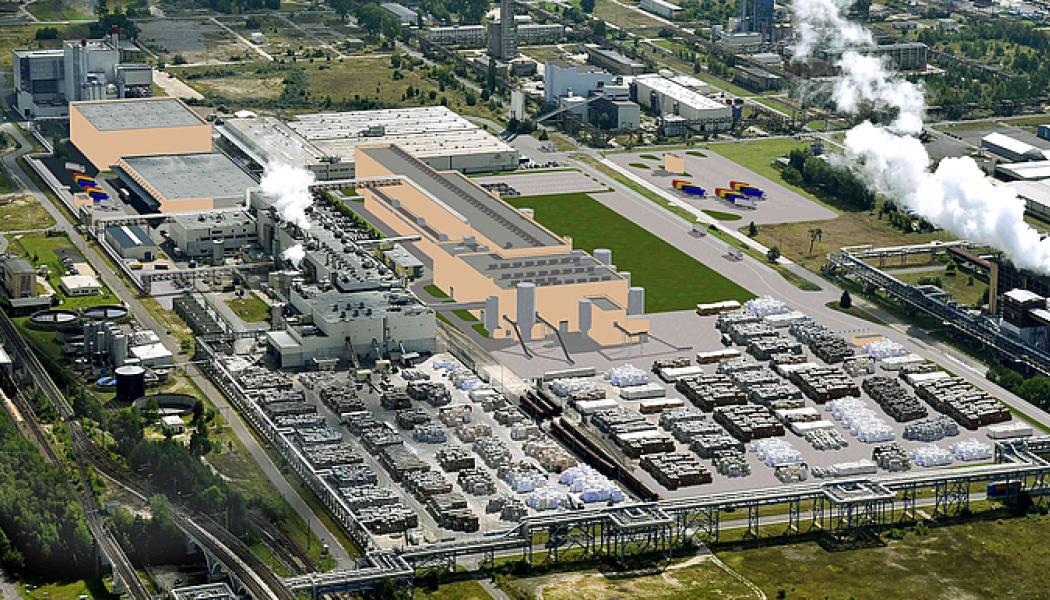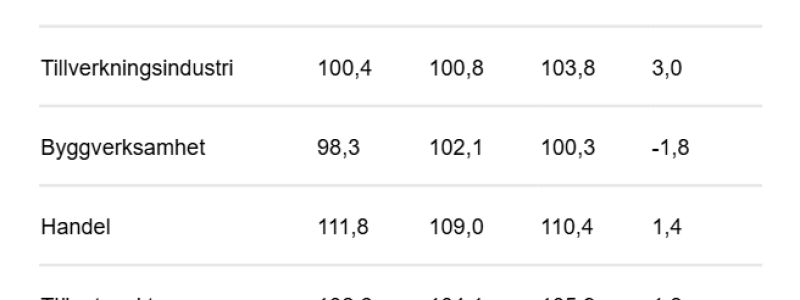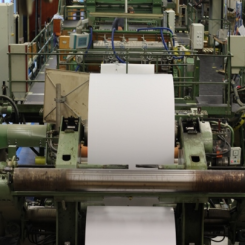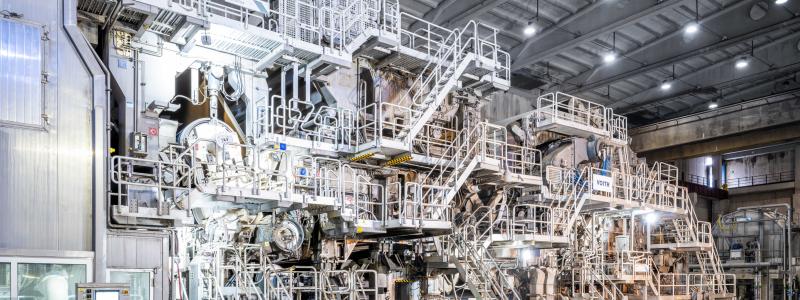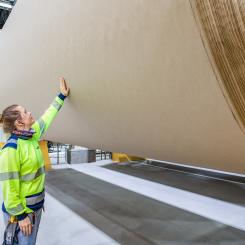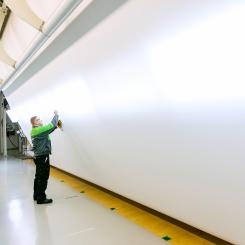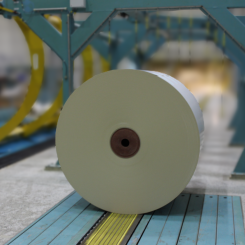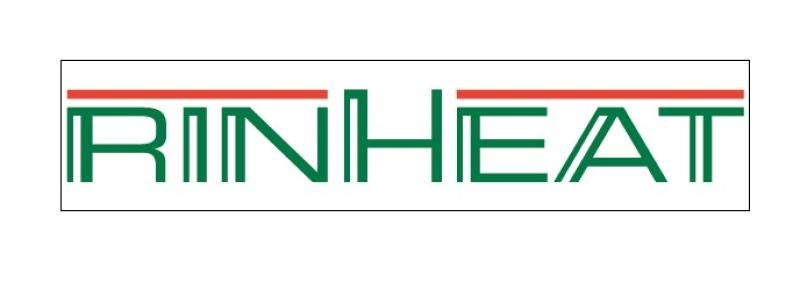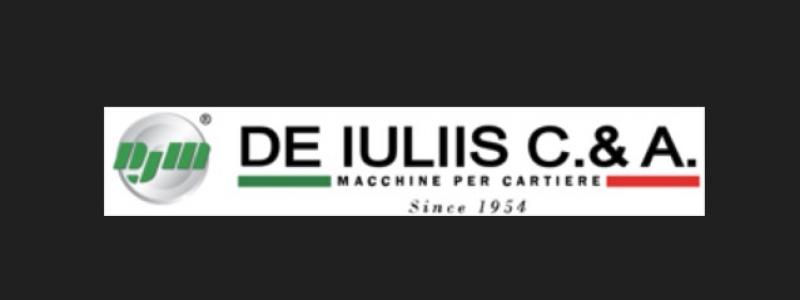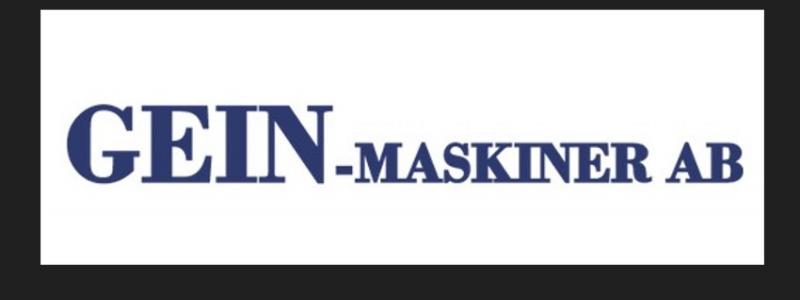The German paper and pulp industry, employing around 46,000 people, witnessed a significant downturn in production and sales last year, stopping the post-COVID recovery efforts. Industry indicators have plummeted to their lowest in years. According to the Association of the PAPER INDUSTRY, production in 2023 fell by about 14 per cent to 18.6 million tons, marking the lowest level in the past two decades.
Sales dropped by 13 per cent to 18.8 million tons, while revenue decreased by 27 per cent to 15.5 billion euros. This disproportionate reduction in revenue also signals considerable price reductions impacting the profitability of businesses. The industry anticipates new momentum from innovative paper-based packaging solutions, offering a sustainable alternative to fossil-based plastics.
Clear decrease
The decline was particularly sharp in the sector of graphic papers, with sales plummeting by 29 per cent in 2023, significantly more than in European comparison markets. Packaging papers and cardboard also faced a clear decrease in sales (down 7 per cent). The impact was slightly less severe in the smaller main product groups of hygiene papers and speciality papers, each experiencing a sales decrease of 6 per cent.
Hans-Christoph Gallenkamp, President of the PAPER INDUSTRY and CEO of speciality paper manufacturer Felix Schoeller in Osnabrück, stated:
- Paper and cardboard are indicators of economic development. The declines in the major areas of printing and packaging reflect the current economic weakness and the challenging market conditions in Germany. Our competitiveness is suffering from the significant increase in energy costs. We are feeling the consequences of the rushed energy transition and the Russian attack on Ukraine quite heavily. Additionally, the ongoing digitalisation trend, especially in print products, is leaving its mark. Factory closures and machinery shutdowns are the sad consequences.
Challenging situation
The downturn last year and the weak start in 2024 are straining many companies, especially since the volume development was already declining in 2022. High energy, raw material, and transport costs, along with increasing planning uncertainty due to abrupt political changes, continue to burden the industry this year. This situation is particularly challenging as the paper industry plays a crucial role in a circular economy based on renewable resources. The association urgently calls on policymakers to simplify bureaucratic and regulatory requirements, steer the energy transition back on track, and thus support the transformation of businesses.
Source: German Association of the PAPER INDUSTRY




